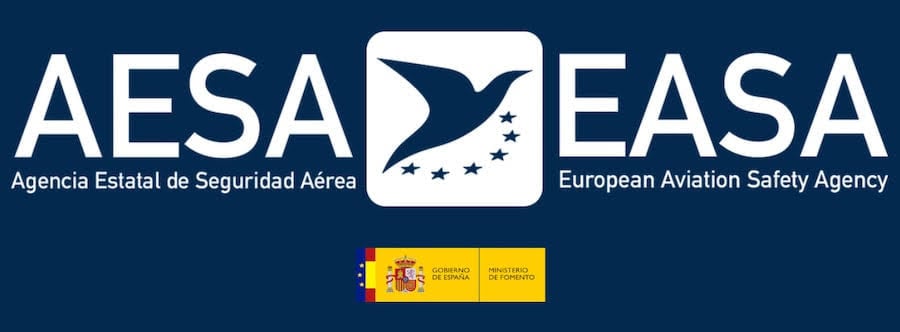Let’s begin with the largest ones first, so it’s easier to understand; we will then move onto the smaller ones.
FIR Flight Information Region
ICAO, the International Organisation for Civil Aviation, has divided the world up into nine regions of flight information, also known as FIR (Flight Information Region). These are:
- EUR Europe
- AFI Africa
- MID Middle East
- PAC Pacific
- NAM North America
- CAR Central America
- SAM South America
- NAT North Atlantic
- ASIA (Asia)
FIRs are, in turn, also divided into smaller FIRs.
For example, in Spain, we have three FIRs: Madrid, Barcelona and The Canaries. Seville has a further FIR that does not act as a separate agent but as a part of Madrid’s FIR. This also occurs in Galicia.
UIR Upper Information Region
Within a FIR two vertical divisions are established: the lower division, still called FIR and the upper one, known as UIR (Upper Information Region).
Even though altitude can vary according to each country’s legislation, in Spain, FIR´s extend from the ground to flight level, that is to 24,500 feet.
UIR, conversely, have their base at FL246 and extend vertically to FL460, at 46,000 feet.
CTA Controlled Terminal Area
If we continue dividing FIR into smaller regions, the next division we find is the control area CTA or Controlled Terminal Area.
CTA must start at a specific altitude, that is, they never start at ground level and extend upwards towards the specified limit.
For example, in Spain, CTA starts at an elevation of 300 metres. This is due to the space between ground and 1000 feet (300 metres) is the layer of free circulation which all types of flying objects occupy.
In Spain, we have eight CTAs.
TMA Terminal Manoeuvring Area
Another term which is closely related to CTA is TMA or Terminal Manoeuvring Area.
TMA are controlled areas established over one or various airports in which a large number of airways or departures and arrivals come together.
The main idea of TMAs is to be able to coordinate instrumental traffic in arrival or departures at the different airports.
For example, in Seville, we have a great TMA which is used to coordinate traffic from Seville, Jerez, Malaga, Granada and Cordoba.
In Spain, we have a total of 12 TMAs.
CTR Controlled Traffic Region
The following divisions we find are CTR or controlled Traffic Region.
CTR are air space controlled areas close to airports and are designed to protect aeroplanes departing and arriving in the lowest flying phases.
Although dimensions may vary, generally, CTR extends to a radio of 5 nautical miles from the reference point of the airdrome. Vertically, they cover from the ground up to, at least, the start of the CTA or TMA.
ATZ Aerodrome Traffic Zone
Finally, we have ATZ or Aerodrome Traffic Zone.
ATZ are controlled airspace that allow increasing the safety of visual traffic in the area surrounding the aerodrome, in case traffic increases significantly. When there is instrumental traffic and an established CTR, ATZ will be within it.
In Spain, ATZ can have a maximum dimension of a cylinder radio 8 km and an altitude of 900 metres.




